1. Carpet the Bathroom
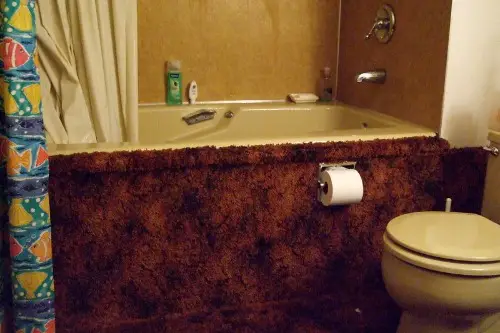
Wall-to-wall carpet in the bathroom? For many Europeans, this is the ultimate “what were they thinking?” home trend in America. The idea of putting absorbent flooring in a moisture-heavy room sounds like a mold and mildew horror story waiting to happen. Europeans much prefer tile, vinyl, or any other material that actually makes sense when water is involved.
This quirk is mostly a relic from mid-20th century American design, when comfort was prized over practicality. The thinking was that soft flooring made the bathroom feel warmer and cozier, especially in colder climates. But Europeans generally see this as unhygienic, given how easily carpets trap moisture and bacteria. To them, this is one American tradition that really should go down the drain.
2. Put Ice in Everything
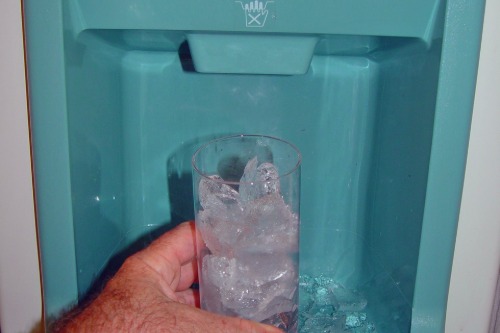
If you’ve ever dined in an American restaurant, you’ve likely noticed your drink comes packed with ice—no matter the season. Europeans often find this obsession with ice baffling, especially since many prefer room temperature or slightly chilled beverages. The extra ice dilutes drinks faster and isn’t always ideal for enjoying flavors, particularly in wine or soft drinks. It’s common to hear a European say, “Why all the ice? Are you trying to freeze your taste buds?”
Historically, the widespread use of ice in the U.S. stems from aggressive marketing by the ice industry in the 19th century. That, combined with America’s access to refrigeration in nearly every home, made ice-on-demand a cultural norm. In contrast, energy costs are higher in Europe and fridges are often smaller, so ice machines aren’t as standard. Europeans might keep a few cubes on hand, but they’re unlikely to fill a glass to the brim with them.
3. Use Huge Clothes Dryers
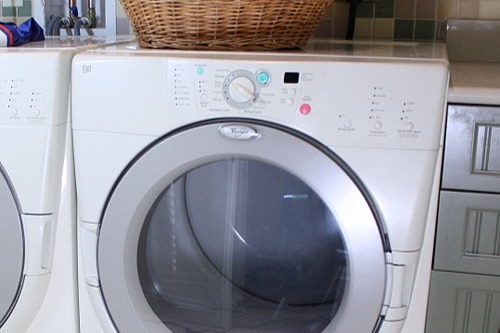
In the U.S., owning a large electric or gas clothes dryer is just part of home life. But in Europe, many people find the idea wasteful and unnecessary, especially when clotheslines and drying racks do the job for free. Americans often see dryers as a time-saver, while Europeans are more likely to see them as an energy hog. Energy efficiency is a bigger part of the home conversation in Europe, where electricity costs are generally higher.
Many European homes—even modern ones—don’t include a dryer at all. It’s not uncommon to see clothes hanging on balconies or radiators, even in the winter. Americans may find this inconvenient, but Europeans argue it’s better for the clothes and the planet. It’s a practical difference that reflects broader values around consumption and energy use.
4. Install Garbage Disposals in the Sink
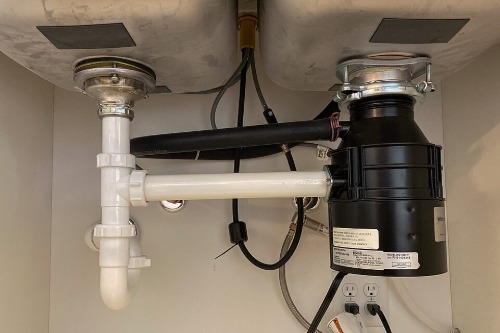
Americans love their in-sink garbage disposals—it’s practically a rite of passage in any suburban kitchen. But to many Europeans, the idea of grinding up food waste and flushing it down the drain is just plain strange. In fact, garbage disposals are banned or heavily regulated in parts of Europe due to environmental concerns and plumbing systems that aren’t built to handle the extra waste. Instead, composting and separating organic trash are the norm in places like Germany and Sweden.
The environmental argument in Europe is that food waste should be recycled or composted, not flushed into the water system. Plus, the infrastructure in many older European cities simply wasn’t built to handle the added strain from disposals. Some Europeans even worry about safety, wondering why you’d put your hand near spinning blades to clear a jam. To them, it’s a quirky American gadget that doesn’t quite add up.
5. Rely on Screens in Every Window
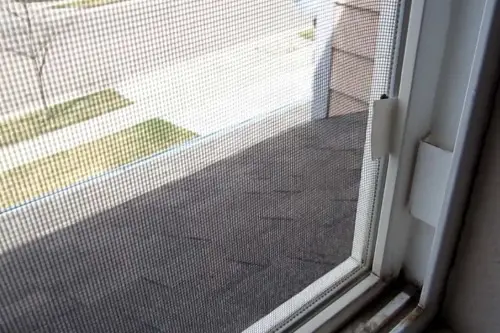
Open a window in the U.S., and odds are there’s a mesh screen keeping bugs at bay. Americans wouldn’t dream of going without them, but many Europeans are puzzled by their widespread use. In much of Europe, it’s rare to see screens, even in the countryside. People either deal with the bugs or use other methods like shutters or interior window blinds.
The reason for this difference comes down to both climate and construction styles. American homes often have large, single-pane windows that open wide, while European windows are typically tilt-and-turn or double-glazed and open inward. That design makes it hard to fit a screen, and the insect population isn’t always as intense depending on the region. To Europeans, it seems like an unnecessary visual barrier between them and the outdoors.
6. Build Open Concept Everything
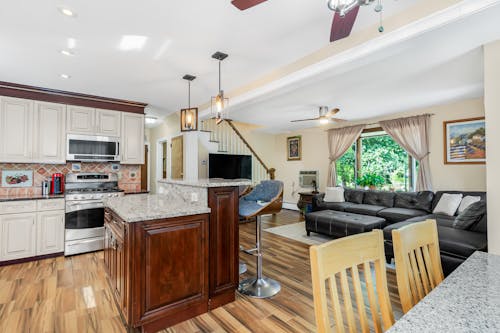
In the U.S., tearing down walls to create open-plan kitchens and living rooms is practically a national pastime. But Europeans are often bewildered by how much Americans crave open space in their homes. Many European homes stick to traditional layouts with more defined rooms, which they see as cozier, more private, and easier to heat or cool. The open-concept trend can feel chaotic or noisy to people used to quieter, compartmentalized living.
This difference also comes from how homes are used and designed. In Europe, people are more likely to eat in a separate dining room and value dedicated spaces for different activities. Americans often prioritize social interaction and visibility—watching kids while cooking, for instance—which open layouts support. But to many Europeans, it just looks like the kitchen exploded into the living room.
7. Install Enormous Refrigerators
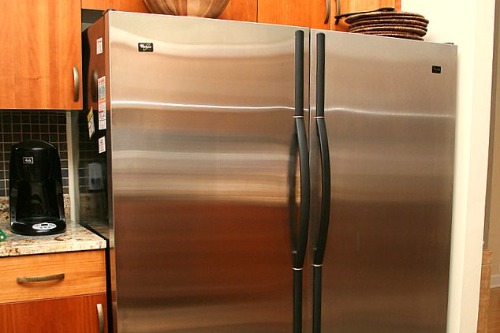
The average American refrigerator could practically double as a closet in many European homes. Europeans tend to buy food more frequently in smaller quantities, often from local markets, which makes a compact fridge perfectly sufficient. Americans, on the other hand, like to stock up with bulk purchases from big-box stores like Costco, which requires a fridge that can hold a week’s (or month’s) worth of groceries. To Europeans, these giant fridges seem excessive and even wasteful.
Energy efficiency is part of the story too. Smaller fridges use less electricity, and space-saving is more important in many European cities where kitchens are smaller overall. Plus, in cultures where fresh food is emphasized, there’s less need to keep so much on hand. So while Americans love their fridge space, Europeans often wonder what exactly they’re storing in there.
8. Keep the Air Conditioning Freezing
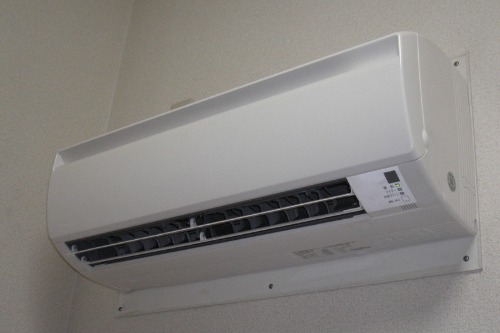
Walk into an American home in summer, and it might feel more like a walk-in freezer. Europeans are often shocked by how cold Americans keep their homes during warm months, sometimes needing sweaters indoors while it’s 90°F outside. In many parts of Europe, air conditioning isn’t even standard, and when it is, it’s used much more sparingly. The idea of blasting AC all day seems both environmentally and physically uncomfortable to many Europeans.
This comes down to both climate and culture. America’s sprawling suburbs and hotter southern states make AC more of a necessity, while many European buildings are older and harder to retrofit. Europeans are more likely to use fans, open windows, or rely on thick curtains and architecture to manage temperature. To them, constantly running cold air just to keep your home chilly feels like overkill.
This post 8 Things Americans Do to Their Homes That Europeans Think Are Bizarre was first published on Greenhouse Black.
